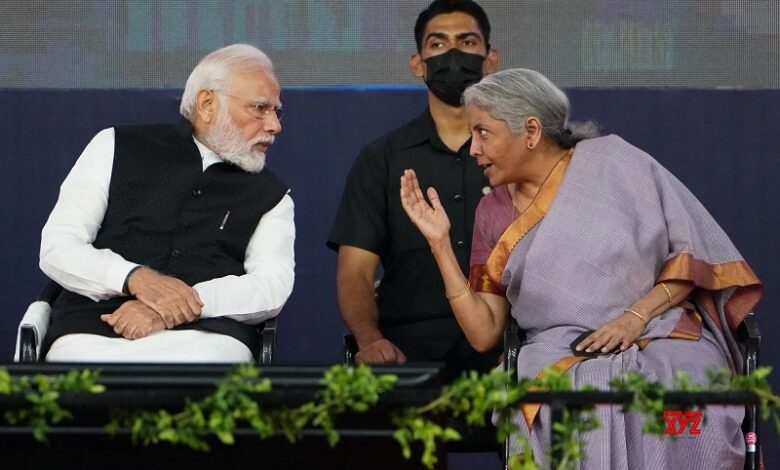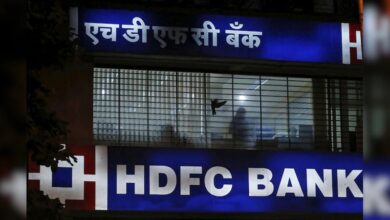Budget for “Greater Ease of Living” in Tune with Public Aspirations

Hiranmoy Roy */19th July 2024
The Indian economy is growing at a fast rate to meet the target of making India, the third largest economy. The forthcoming budget is expected to announce historic steps and present a “Futuristic Vision” for growth and also an effective document of the government’s far-reaching policies and futuristic vision. Along with major social and economic decisions, many historic steps may also be seen in this budget. The pace of reform will be further accelerated in tune with the aspirations of the people of India for rapid development.
It is expected that finance minister Nirmala Sitharaman will use revenue growth to spend not just on capital expenditure for creating infrastructure, but also use the resources at its disposal to focus on specific target groups such as the middle class, women and farm sector. Sitharaman who will present her seventh consecutive budget on July 23, overlapping Morarji Desai’s six, will seek to address critical concerns around inflation, jobs, income inequality and regional imbalances while tax measures and other social sector measures for the middle class.
The Narendra Modi-led government is widely expected to continue its broad policy direction and reforms, while focusing on fiscal consolidation. But given the BJP’s lack of majority of its own in Lok Sabha and the upcoming state elections, the budget will be matched for possible populist measures and what it offers to Andhra Pradesh and Bihar ruled by parties whose support is crucial for the Government’s survival.
In a customary pre-budget consultation meeting, the economists and experts urged for sharpening focus on health and education. Their argument is that such a move will not only just lead to greater ease of living but also bolster the economy’s productive capacity. There is also a need for increasing budgetary spending in these critical sectors. Although the pandemic is behind us, the focus on the health sector should not be diluted. The implementation of the social sector schemes should be tightly monitored. Facilities at schools and hospitals need to be further improved and vacancies to be filled up on time. In the interim budget for FY 25 presented in February, the government had pegged the outlay for the ministry of Health and Family Welfare at Rs. 90,659 crores, up marginally from FY 24 budget estimate of Rs. 89,155 crores. As for education the interim budget FY 25 raised the allocation to Rs. 1,20,628 crores, up almost 7% from the budget estimate for the previous year. The confederation of Indian Industry (CII) called for raising the overall public expenditure (both Centre and State) in the education sector to 6% of GDP by FY 31 from 2.8 % of GDP in FY 23.
President Draupadi Murmu urged to announce measures to revitalize the rural economy as it is very significant for the government from a political point of view. Big socio-economic reforms needed to attract global investors. Budget should give equal emphasis on manufacturing, service and agricultural sector rapid development of Indian economy and fulfill the aspirations of the people of India.
*(The writer is an Associate Professor, Department of Economics, School of Humanities and Social Sciences, Hemvati Nandan Bahuguna Garhwal University)*






